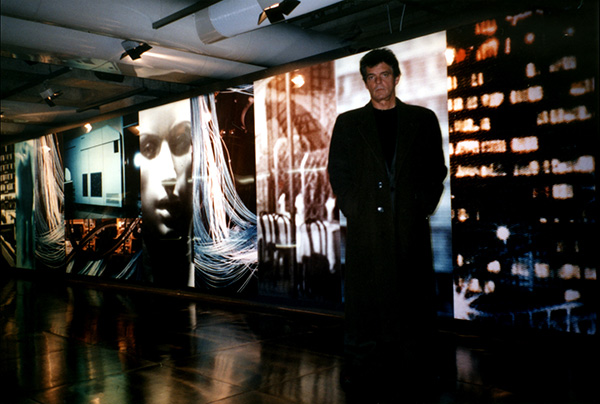
Lewis Baltz standing in front of his installation, Ronde de Nuit, Centre Pompidou, Paris, 1992
Photographer Lewis Baltz died November 22, 2014, in his home in Paris. Celebrated for his minimalist images of the American suburban landscape, Baltz gained recognition in the 1970s for his landmark work, The New Industrial Parks near Irvine, California, and as one of the key figures in the New Topographics movement.
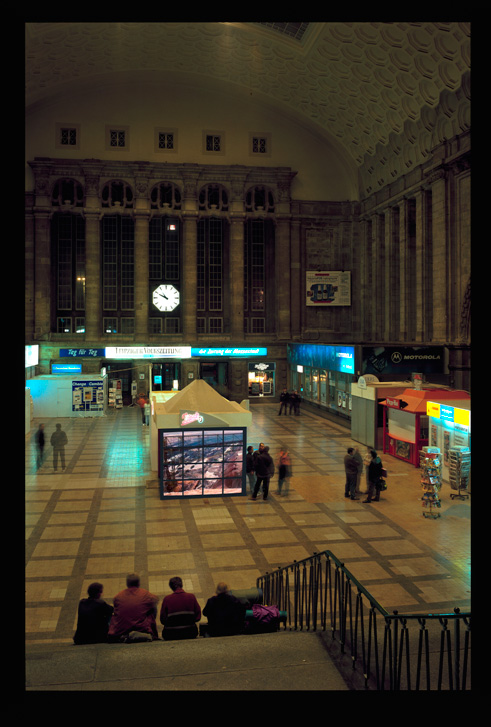
Lewis Baltz, unrealized proposal for a CCTV installation, Hauptbahnhof Leipzig, 1995. The Getty Research Institute, 2013.M.31. © Lewis Baltz
Disenchanted in the late 1980s with the politics of the Reagan/Bush era, Baltz moved to Europe where, as he explained, his conceptual outlook shifted to a fascination “with the twin phenomena of technology and nomadism. They seemed to be related to each other and to the disappearance of the world.” Distinguished for his critical writing, as well as his teaching, Lewis Baltz stands out for having so significantly shaped the practice of photography and photographic media in the late 20th and early 21st centuries.
In 2013 Baltz and his wife, artist Slavica Perkovic, generously donated his archive to the Getty Research Institute, where it is now available for researchers. Baltz is also represented in the Getty Museum’s collection with Park City, a portfolio of 102 photographs dating from 1979–80.

Lewis Baltz’s negatives and notes for the series Nevada (1977) and Candlestick Point (1984–88). The Getty Research Institute, 2013.M.31. © Lewis Baltz
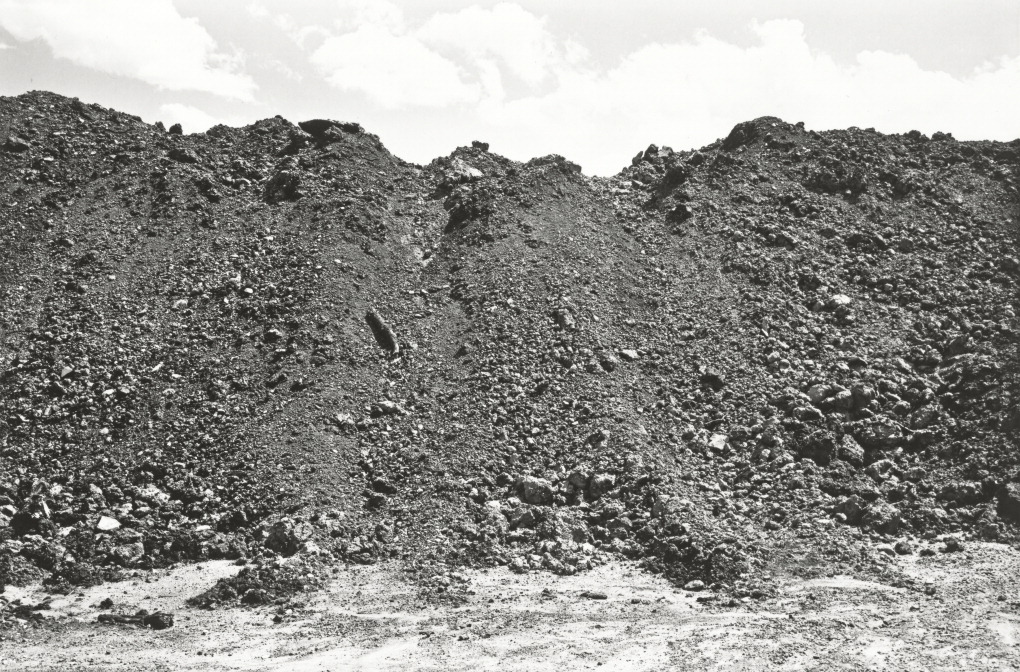
Park City, Element #43, negative 1979; print 1980, Lewis Baltz. Gelatin silver print, 6 7/16 x 9 1/2 in. The J. Paul Getty Museum, 2005.91.3, Gift of Michael R. Kaplan, MD. © Lewis Baltz
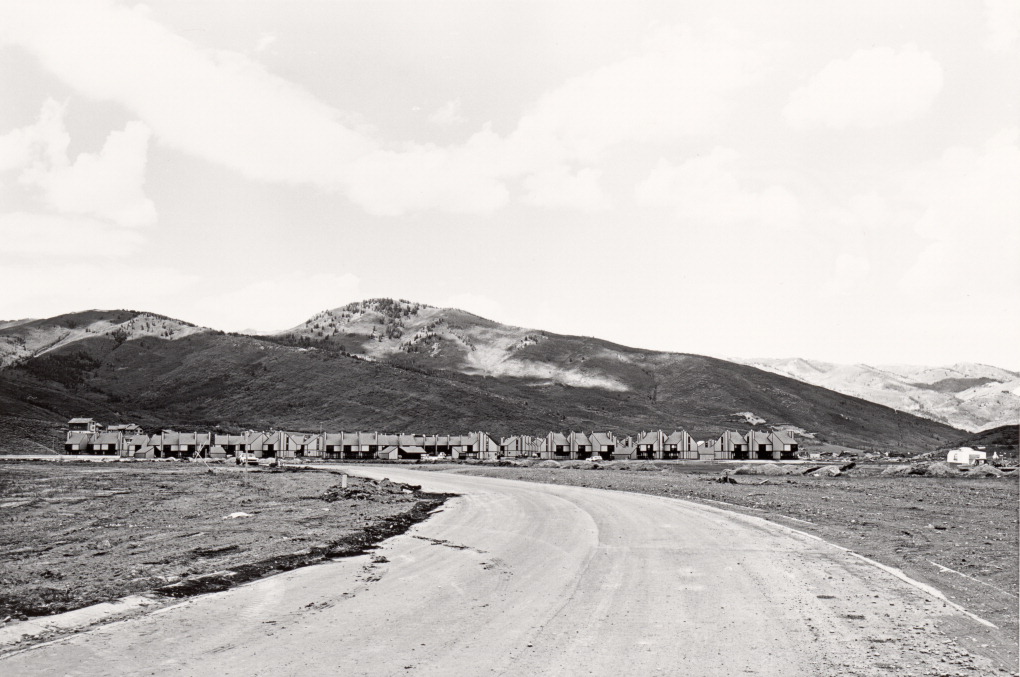
Park City, Element #55, 1980, Lewis Baltz. Gelatin silver print, 6 7/16 x 9 1/2 in. The J. Paul Getty Museum, 2005.91.15, Gift of Michael R. Kaplan, MD. © Lewis Baltz

Park City, Element #70, 1980, Lewis Baltz. Gelatin silver print, 6 7/16 x 9 1/2 in. The J. Paul Getty Museum, 2005.91.30, Gift of Michael R. Kaplan, MD © Lewis Baltz

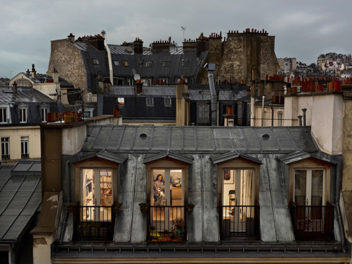

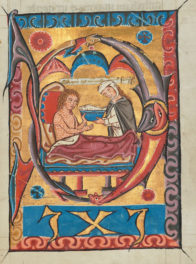
Comments on this post are now closed.